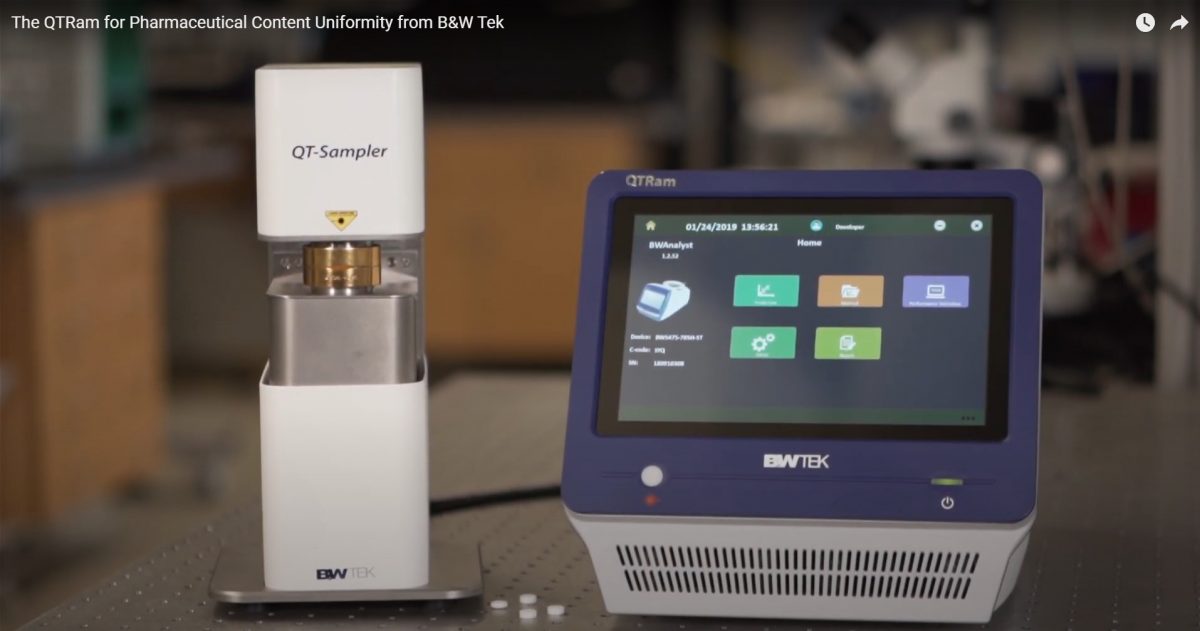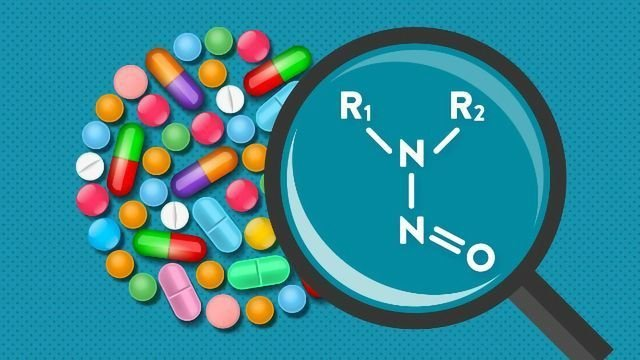Principle
When you shine a laser on an atom, the photon will excite the electron to a high-energy state. When the electron returns to its normal state, if it jumps back to the previous energy state, it will “release” the photon with the same wavelength as the coming light, known as Rayleigh scattering. On the contrary, if the electron falls back to a different energy level, it is called Raman scattering. Thus, the emitted photon has different energy from the incident photon. Those recorded signals will create the Raman spectra – the “molecule fingerprint” that characterizes the vibration levels of the bonds in the molecule, which is used in qualitative analysis. Raman spectroscopy can be applied in various fields, including reaction mechanism research, polymorphism identification, crystallization, forensic science, etc.
The advantages of using Raman spectroscopy equipment are that the process is fast and non-destructive because the photo beam is shone only onto PE bags or glass bottles of samples. However, the drawback is that you either need to build your own spectral library for the components or pay for it.
In the pharmaceutical industry, each Raman spectrometer has its potential applications
- Material identification: Different materials can be identified (solid, liquid, semi-solid) based on the outer appearance and the obtaining Raman spectra. This is the most well-known application of Raman spectroscopy
- Test for uniformity of dosage unit in the last stage of the mixing process or in the tablet compression
- Measurement of coating film thickness
REFERENCES:


